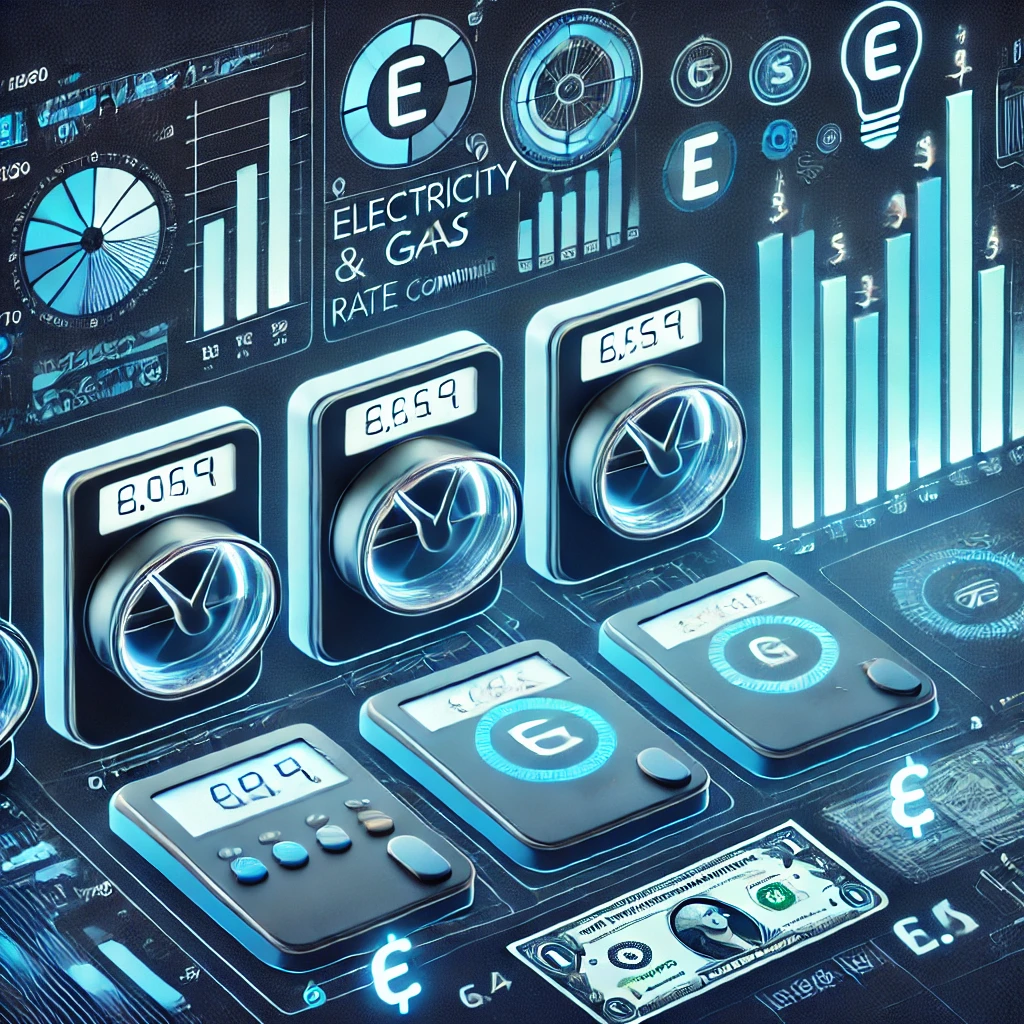
The way we produce, consume, and manage energy is undergoing a seismic shift. From renewable energy sources to cutting-edge technologies, the future of energy is being shaped by innovation and data. But what does this mean for you?
Whether you’re a homeowner, a business owner, or simply curious about the evolving energy landscape, understanding the role of energy technology and data-driven energy management can help you stay ahead of the curve.
In this article, we’ll explore the future of energy, the transformative role of technology, and how data-driven energy management is becoming a game-changer for sustainability and cost efficiency.
What is the Future of Energy?
The future of energy focuses on sustainability, efficiency, and accessibility. As the world combats climate change and reduces carbon emissions, the energy industry is transitioning away from fossil fuels and embracing renewable sources like solar, wind, and hydropower.
However, it’s not just about changing energy sources—it’s about rethinking how energy is generated, stored, distributed, and consumed.
Key Trends Shaping the Future of Energy:
- Renewable Energy Dominance: Solar and wind energy are becoming more efficient and affordable, leading the global shift toward clean energy.
- Energy Storage Solutions: Advances in battery technology are making it easier to store renewable energy for peak demand periods or when generation slows.
- Decentralized Energy Systems: Microgrids and home energy solutions empower individuals and communities to generate and control their own power.
- Smart Grids: Equipped with sensors and automation, smart grids optimize energy distribution, reduce waste, and adapt to real-time demand.
At the heart of these advancements lies energy technology and data-driven energy management—two forces revolutionizing the industry.
The Role of Energy Technology in Shaping the Future
Energy technology serves as the foundation of this transformation, enabling smarter, more efficient energy management. Let’s look at four pivotal innovations:
1. Smart Meters and IoT Devices
Smart meters and Internet of Things (IoT) devices collect real-time data, giving consumers and utilities detailed insights into energy usage.
- Example: A smart thermostat learns your routine, adjusting temperatures to save energy without sacrificing comfort.
- Impact: Empowered consumers can monitor and optimize their energy use while utilities improve load management.
2. Artificial Intelligence (AI) and Machine Learning
AI and machine learning optimize energy systems by predicting demand, detecting inefficiencies, and automating grid adjustments.
- Example: AI analyzes weather patterns to predict solar energy generation, helping utilities balance supply and demand more effectively.
3. Blockchain for Energy Transactions
Blockchain enables peer-to-peer energy trading, allowing consumers to buy and sell excess energy directly.
- Impact: Communities gain energy independence while reducing reliance on traditional providers.
4. Energy Storage Innovations
Breakthroughs in battery technologies—like lithium-ion and solid-state batteries—enable reliable storage of renewable energy, ensuring a stable power supply during periods of low generation.
What is Data-Driven Energy Management?
Data-driven energy management uses analytics to optimize energy consumption, reduce costs, and support sustainability goals. By collecting and analyzing energy data, both individuals and organizations can make smarter decisions.
Why is Data-Driven Energy Management Important?
- Cost Savings: Pinpoint inefficiencies to reduce energy waste and lower bills.
- Sustainability: Optimize energy usage to minimize your carbon footprint and meet environmental goals.
- Reliability: Data-driven insights improve system performance and prevent outages.
How Does It Work?
1. Data Collection: Smart meters, IoT devices, and sensors gather real-time data on energy consumption.
2. Data Analysis: Analytics tools process the data, revealing trends, inefficiencies, and opportunities for improvement.
3. Actionable Insights: Recommendations are provided, such as adjusting thermostat settings, upgrading appliances, or changing energy providers.
Common Challenges and How to Overcome Them
1. Data Privacy Concerns
Challenge: With vast amounts of data being collected, privacy issues arise.
Solution: Modern energy systems use encryption and anonymization to protect user data.
2. High Initial Costs
Challenge: The upfront cost of implementing smart energy systems can be daunting.
Solution: Leverage government incentives, rebates, or financing options to offset costs.
3. Complexity of Systems
Challenge: Some fear that energy management systems are too complicated to use.
Solution: Many modern solutions are user-friendly, offering intuitive interfaces and minimal technical requirements.
How You Can Embrace the Future of Energy
Here are actionable steps to take advantage of these advancements:
- Install Smart Devices
Start with devices like smart thermostats, energy-efficient appliances, or smart meters to track and optimize your energy consumption. - Monitor Your Energy Use
Use apps or energy dashboards to identify inefficiencies and track progress toward your energy-saving goals. - Invest in Renewable Energy
Consider solar panels or community solar programs to reduce dependence on fossil fuels and save money in the long run. - Explore Energy Storage Options
Battery storage systems help maximize the benefits of renewable energy by ensuring a consistent energy supply, even during outages or periods of low generation.
The Future of Energy Management
As technology advances, the potential for innovation in energy management continues to grow.
Emerging Trends to Watch:
- AI-Driven Systems: Automated, self-optimizing energy systems will adjust consumption in real time based on demand, weather, and energy prices.
- Peer-to-Peer Energy Markets: Blockchain-powered energy trading will allow communities to share renewable energy directly.
- Integration with Renewable Energy: Data-driven management will ensure smooth integration of renewables into existing energy grids.
Conclusion
The future of energy is powered by innovation, technology, and data. Renewable energy sources, smart devices, and data-driven energy management are transforming how we produce and consume energy.
By embracing these changes, you can reduce costs, support sustainability, and lead the way toward a greener future.
What steps will you take to be part of this energy revolution? Share your thoughts in the comments below, and let’s continue the conversation!
